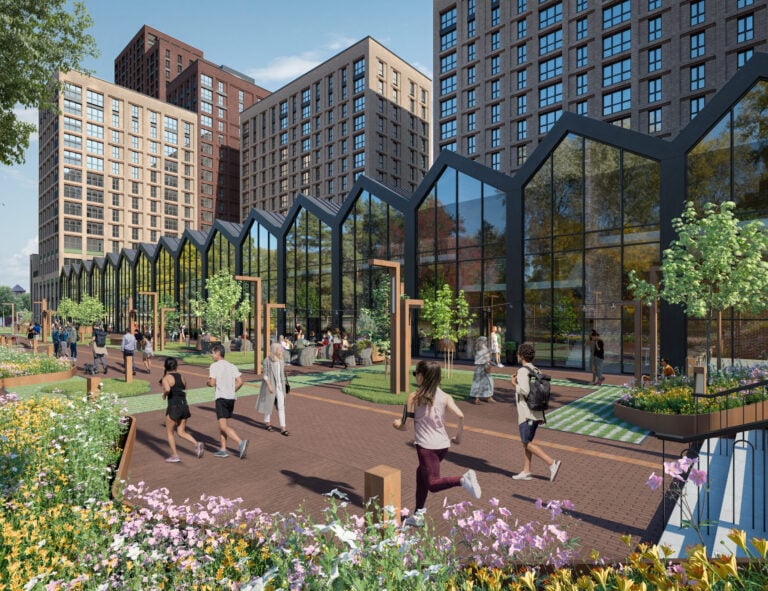Better market conditions pulled buy-to-let investment back on track at the start of the year as landlords in the UK took out 58,347 new loans.
Falling mortgage rates, an improving economic outlook, and continued resilience in the UK housing market proved enough of an impetus to reinvigorate appetite among buy-to-let landlords in the first quarter of this year, according to the latest figures from UK Finance.
The report shows that a huge £10.5bn worth of buy-to-let loans were taken out in Q1, which is a 46.8% increase on Q1 2024’s figures. By number, the more than 58,000 new buy-to-let mortgages were up 38.6% on last year.
Importantly, the average interest rate on these new mortgages was a whole 10 basis points lower than in the final quarter of last year, and 41 basis points lower than Q1 2024 – reflecting one of the biggest reasons for the renewal in interest in buy-to-let investment with a mortgage.
Better profits from buy-to-let investment
When considering buy-to-let investment, the interest cover ratio (ICR) is an important factor as it can impact the profitability of the property. The ICR is a metric used by lenders to see how affordable the mortgage is for the borrower – lenders tend to require a minimum monthly rental payment of 125% of the monthly mortgage interest repayments.
UK Finance’s report revealed that the average ICR in the first three months of this yea was 202%, which was up from 190% in Q1 2024. This gives landlords more of a buffer, meaning there is more money left over from the rental income after paying the mortgage.
UK rental yields hit a 14-year high in May, according to separate research from Paragon Bank, with the average landlord reaping 7.11% from their buy-to-let investment. This reflects huge rent rises in recent years, along with landlords becoming more strategic with their investments, and moving towards higher-yielding locations and property types.
For example, rental yields in Wales hit an average high of 8.43% in May, followed by Yorkshire and the Humber with 7.97%, while the North of England as a whole brings in an average of 7.94%.
Capital appreciation has also been stronger in these locations than in many parts of the South of England, including London, which also has the potential to boost returns for investors.
Focus on cashflow rather than house prices
Under the right conditions, the figures show that landlords are still keen to invest, drawn by the solid and stable credentials of the UK housing market.
The imbalance between supply and demand stretches across both the sales market and the rental sector, with buyers continuing to outnumber sellers just as multiple tenants are vying for each available rental home.
This supports house and rental prices, with a strong outlook when it comes to forecasts of future rises. Other trends are impacting buy-to-let investment, too, with landlords focusing more on their regular rental yields than on the prospect of any short-term capital gains.
Tony Hall, head of business development at Saffron for Intermediaries, commented: “We’re seeing a shift in sentiment, not just among lenders that are pricing more competitively, but landlords who are beginning to re-engage in the market. Encouragingly, rental yields remain stable across most regions, interest rates are falling, and new lenders have joined the limited company buy-to-let space, giving brokers a solid foundation to work from.”
This view was reiterated by Richard Donnell, executive director at Zoopla, who pointed to stabilising mortgage rates and yields boosting buy-to-let investment activity.
“The big landlord sell off is coming to an end after a decade of tax changes and higher borrowing costs that saw many landlords reconsider their strategy and property holdings,” he said. “As base rates start to fall, we are likely to see a continued increase in demand from landlords with a greater focus on strength and quality of cashflow rather than house prices inflation.”










